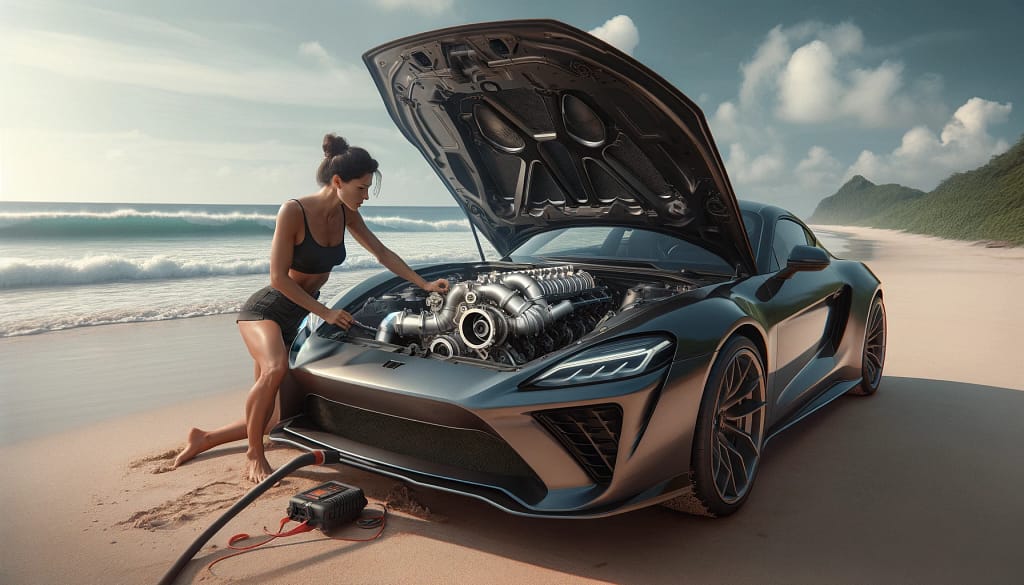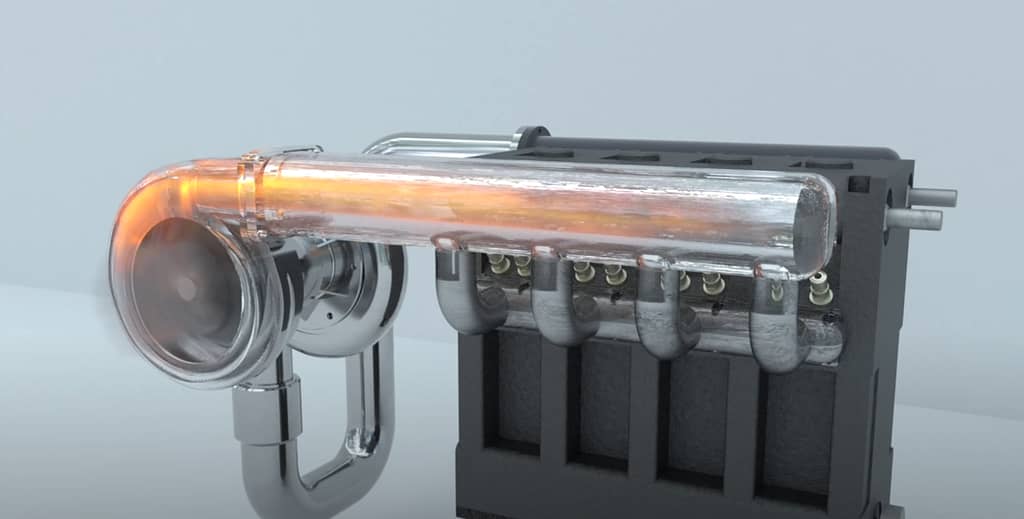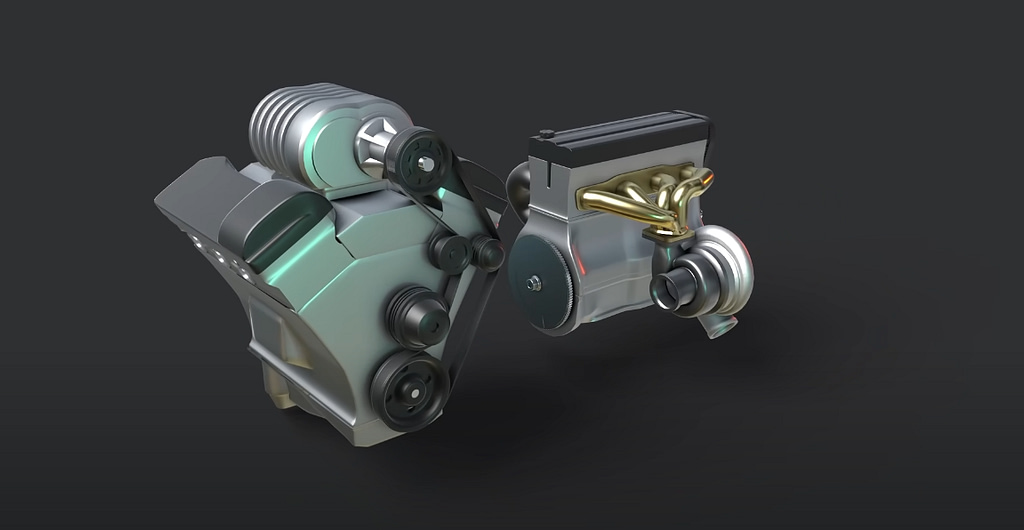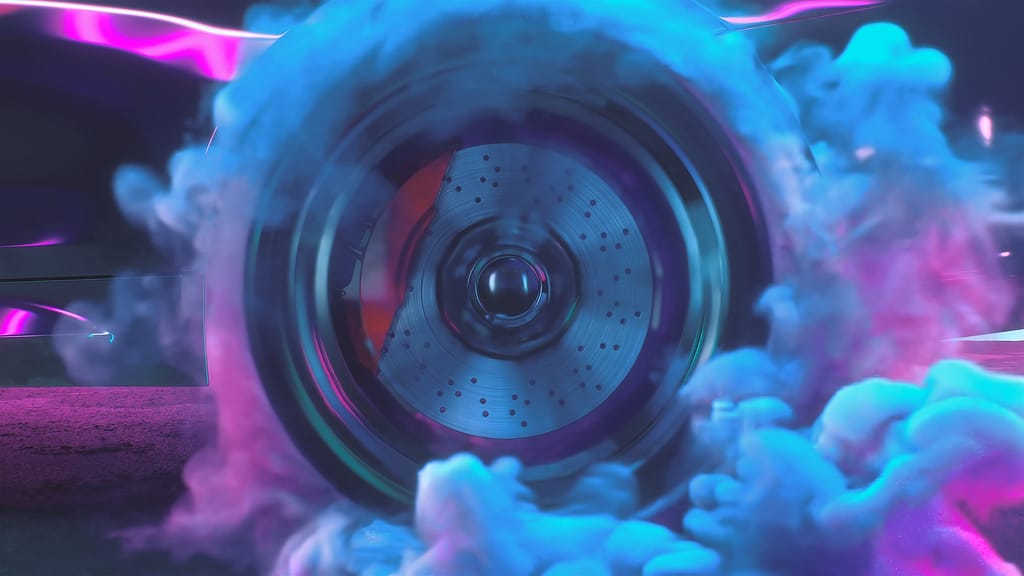Choosing Your Path: Turbocharging or Supercharging?
- Guidance on how to decide between turbocharging and supercharging based on vehicle use, performance goals, and personal preferences.
Introduction
In the world of automotive performance, the quest for increased power and efficiency leads many enthusiasts and engineers toward forced induction systems. Among these, turbochargers and superchargers stand out as popular choices to enhance engine performance. By compressing air that flows into the engine, these systems allow for more fuel to be combusted per cycle, significantly boosting the engine’s power output. This guide aims to explore the nuances of turbocharging and supercharging, offering insights into their operation, benefits, and which might be the better choice for different types of vehicles and driving preferences.
Understanding Forced Induction
At its core, forced induction revolves around the concept of increasing the density of air entering the engine’s combustion chamber. More air means more fuel can be burned, resulting in an increase in power output from the engine. This process is key to making smaller engines perform like their larger counterparts, providing an impressive power-to-weight ratio that is particularly beneficial in performance and racing applications. Whether through turbocharging or supercharging, forced induction is about maximizing the efficiency and performance of the engine by enhancing the amount and density of air it receives.
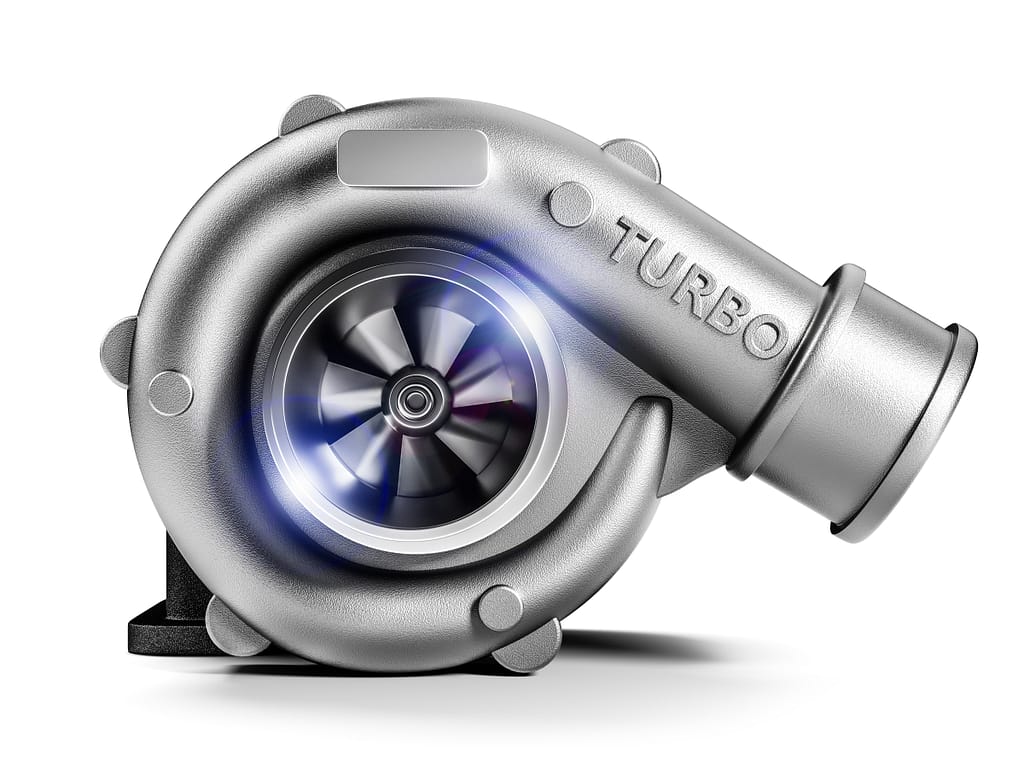
What is Turbocharging?
Turbocharging leverages the energy of exhaust gases to spin a turbine, which in turn drives a compressor that forces more air into the engine. This method is highly efficient, as it uses what would otherwise be wasted energy to increase engine power. Turbocharged engines are known for their improved fuel efficiency and significant power increase, especially under high load and speed conditions.
- Benefits: Turbochargers are celebrated for their ability to dramatically increase an engine’s efficiency and power output, offering significant improvements in high-speed performance without a major impact on fuel consumption.
- Components: The turbocharger itself consists of a turbine and a compressor linked by a shared shaft. The intercooler is another critical component, cooling the compressed air before it enters the engine, thereby increasing its density and potential for combustion.
What is Supercharging?
Supercharging increases engine power by mechanically driving a compressor to force air into the engine. This system is directly powered by the engine’s crankshaft, typically via a belt, offering an instantaneous response to throttle inputs. Superchargers are prized for their simplicity and the immediate boost in power they provide, making them ideal for applications where throttle response is critical.
- Advantages: The immediate power delivery of superchargers is a significant advantage, especially in scenarios requiring quick acceleration from low speeds. Their relatively straightforward design and mechanism contribute to a robust and direct method of boosting engine performance.
- Types: Superchargers come in several designs, including centrifugal, roots, and twin-screw, each with its own set of characteristics and benefits tailored to different performance needs.

Key Differences Between Turbocharging and Supercharging
The choice between turbocharging and supercharging often comes down to the desired characteristics of power delivery, efficiency, cost, and application-specific requirements. Turbochargers might introduce a slight delay in power delivery, known as “turbo lag,” due to the time it takes for the exhaust gases to spin the turbine at high speeds. On the other hand, superchargers provide an immediate increase in power due to their mechanical connection to the engine, eliminating the perception of lag.
Efficiency is another critical factor; turbochargers generally offer better fuel efficiency because they utilize exhaust gases. However, superchargers can lead to increased fuel consumption since they draw power directly from the engine.
When considering installation and maintenance, superchargers are often seen as less complex and potentially less costly. However, the simplicity of superchargers might be offset by the versatility and efficiency gains offered by turbochargers, making the choice heavily dependent on the specific goals and constraints of the project.
Choosing Between Turbocharging and Supercharging
Deciding between turbocharging and supercharging requires careful consideration of the vehicle’s intended use, performance goals, budget constraints, and personal preferences. For high-speed track applications where maximum efficiency and power at high RPMs are critical, turbocharging may be the preferred option. For street-driven cars where responsiveness and immediate power are more valuable, supercharging could be more advantageous.
Installation Considerations and Challenges
The installation of a forced induction system is a complex process that involves not just the mechanical integration of the turbocharger or supercharger but also considerations for fuel delivery, cooling, and engine management. Ensuring that the engine can withstand the increased pressure, that the cooling system is capable of handling the additional heat, and that the vehicle’s ECU is correctly tuned for the altered air-fuel mixture is crucial for both performance and reliability.
Conclusion
Turbocharging and supercharging each offer unique advantages and considerations for increasing engine performance. Understanding the differences between these systems and carefully considering your vehicle’s needs and your performance goals will help you make an informed decision that enhances your driving experience. Whether you choose the efficiency and high-speed potential of turbocharging or the immediate power and simplicity of supercharging, both methods provide exciting opportunities to unlock the full potential of your vehicle.

By understanding these principles and considerations, you can navigate the complexities of forced induction and choose the system that best meets your performance objectives. This guide serves as a starting point for enthusiasts and professionals alike to explore the dynamic world of turbocharging and supercharging.
Further Exploring Turbocharging
Turbocharging, a marvel of engineering, harnesses the power of exhaust gases to enhance engine performance. This section delves deeper into the workings of turbochargers, highlighting their innovative design and the significant benefits they offer.
Efficiency and Power Output
Turbochargers are a testament to the ingenuity of leveraging waste (exhaust gases) to boost engine power. By redirecting exhaust flow to spin a turbine, which then compresses air into the combustion chamber, turbochargers improve the engine’s efficiency and power output. This process not only contributes to higher speeds but does so with remarkable fuel efficiency, making turbocharging a preferred method for both performance enthusiasts and manufacturers aiming for compliance with emissions regulations.
Turbo Lag vs. Responsiveness
One of the few criticisms of turbocharging is turbo lag, the delayed response time between throttle application and power delivery. This phenomenon occurs because the turbine requires a buildup of exhaust gas pressure to start spinning at a rate that effectively compresses incoming air. Modern advancements, such as variable geometry turbochargers and twin-scroll technologies, have significantly reduced turbo lag, offering a more immediate response and a smoother power curve.
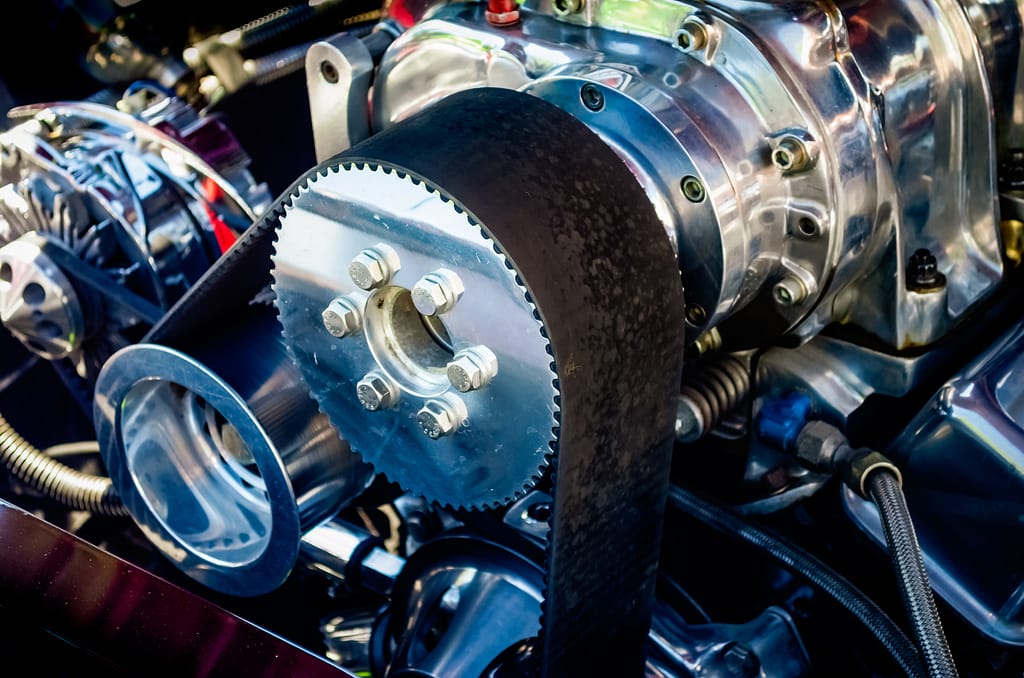
The Advantages of Supercharging
Supercharging stands as a direct, mechanically driven method of forced induction. This section explores the intricacies of superchargers, focusing on their unique benefits and why they might be the perfect choice for certain applications.
Immediate Power Delivery
The direct connection of the supercharger to the engine’s crankshaft via a belt or chain guarantees immediate throttle response. This characteristic is particularly valuable in scenarios where quick acceleration from a standstill or low speed is crucial, such as in drag racing or for overtaking maneuvers on public roads.
Simplicity and Reliability
Compared to turbochargers, superchargers are often hailed for their simplicity. With fewer moving parts and no reliance on the exhaust system, superchargers are perceived as less prone to failure and easier to maintain. This reliability, combined with their straightforward installation, makes superchargers an attractive option for those seeking a hassle-free boost in power.
Drawbacks and Considerations
While both turbocharging and supercharging offer substantial benefits, they come with their own set of drawbacks that enthusiasts and builders should consider.
Turbocharging Drawbacks
- Complexity and Cost: The integration of a turbocharger into an engine system can be complex, requiring modifications not just to the exhaust system but also to the engine’s intake and cooling systems. This complexity can increase the cost of installation and maintenance.
- Heat Management: Turbochargers can generate significant heat, necessitating robust cooling solutions to prevent performance degradation or damage to engine components.
Supercharging Drawbacks
- Increased Fuel Consumption: Since superchargers draw power directly from the engine to compress air, they can lead to increased fuel consumption, particularly under heavy acceleration or load.
- Potential for Engine Stress: The immediate and constant load applied by superchargers can put additional stress on engine components, possibly leading to a need for reinforced internals to withstand the increased pressure.

Advanced Considerations
For those looking to push the boundaries of automotive performance, exploring beyond the basic choice between turbocharging and supercharging reveals a world of advanced strategies and technologies.
Twincharging: Combining the Best of Both Worlds
Twincharging, the simultaneous use of a turbocharger and a supercharger on the same engine seeks to maximize the benefits of both systems. This setup aims to provide the immediate response of a supercharger at low speeds with the efficiency and high-speed performance of a turbocharger. While complex and costly, twincharging can offer an unparalleled performance curve across a wide range of engine speeds.
Electronic Controls and Variable Geometry
Modern advancements in electronic control systems have revolutionized the management of forced induction. Electronic controls can optimize turbocharger and supercharger operation for different driving conditions, improving efficiency, reducing lag, and enhancing overall performance. Variable geometry turbochargers, which adjust the angle of the turbine blades in real-time, offer a dynamic response to exhaust gas flow, further reducing turbo lag and improving engine response across a broad RPM range.
The Role of Aftermarket Tuning
Aftermarket tuning plays a crucial role in maximizing the potential of turbocharged and supercharged engines. Custom tuning allows for precise adjustments to the engine’s air/fuel ratio, ignition timing, and boost levels, unlocking additional power and optimizing performance. High-quality aftermarket parts, such as high-flow air intakes, upgraded intercoolers, and performance exhaust systems, can complement forced induction setups, ensuring that the engine breathes efficiently and maintains optimal operating temperatures.
Conclusion
The choice between turbocharging and supercharging is not merely a technical decision but a reflection of personal preference, driving style, and performance goals. Both methods offer unique pathways to enhanced power and efficiency, each with its own set of advantages, challenges, and considerations. As technology advances and the automotive industry continues to innovate, the potential for forced induction to transform engine performance grows ever more exciting. Enthusiasts and builders equipped with a deep understanding of these systems can make informed decisions, crafting vehicles that not only meet but exceed their performance aspirations.
By embracing the complexities and opportunities presented by turbocharging and supercharging, automotive enthusiasts can push the boundaries of what is possible, creating vehicles that offer an exhilarating driving experience and unmatched performance. As the industry evolves, the journey of exploration and innovation in the world of forced induction is bound to offer even more thrilling possibilities for the cars of tomorrow.
